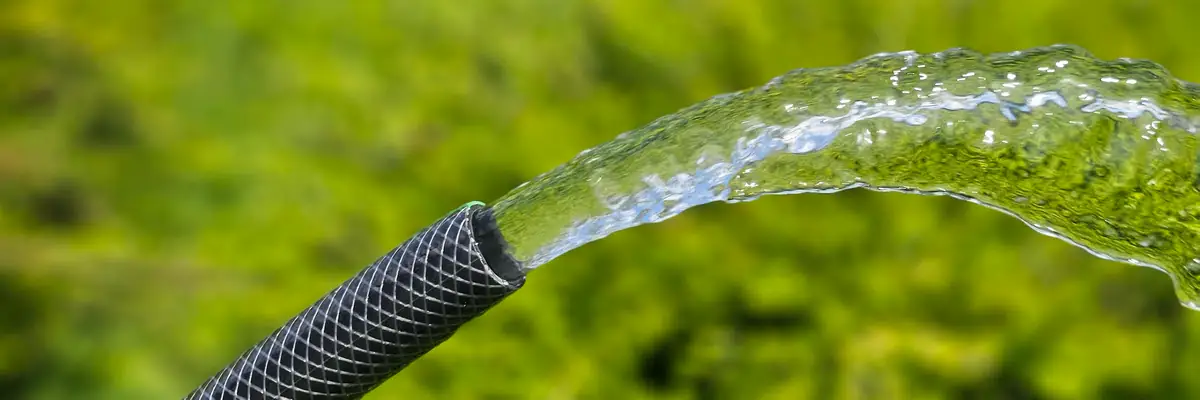
At Vallonchêne, we have a deep-seated belief: plants are not mere commodities. They are living beings, endowed with unique strength and beauty, that must be cultivated with respect and care. This is why we go to great lengths to offer our customers plants of exceptional quality, worthy of their place in your gardens. Additionally, we have adopted sustainable practices throughout our operations, including the exclusive use of surface water for irrigation.
Attentive Care for Optimal Growth
We bring our professional experience to bear in cultivating each plant with patience and passion. We use a heavier, more nutrient-rich substrate (potting mix) that retains moisture better, favoring harmonious root development. Unlike pure peat cultivation, which dries out quickly, our plants benefit from an environment conducive to their optimal growth.
Mindful of respecting natural rhythms, we allow our plants the time they need to flourish. For example, to reach a marketable size, some plants wait 3 to 4 years, while at our competitors, this stage takes only 2 years. This difference results in more robust plants with a more developed root system and a stronger structure.
A Commitment to Environmental Respect
At Vallonchêne, we are convinced that quality production should not come at the expense of the environment. This is why we have adopted sustainable cultivation methods. Our plants are grown outdoors, benefiting from natural light and weather conditions, which strengthens their resistance and adaptability to outdoor conditions. We do not use any artificial heating to accelerate their growth, favoring a more respectful approach to natural cycles.
By opting for surface water irrigation, we actively conserve valuable groundwater resources and do not use drink water. Surface water, replenished by natural precipitation, is a more sustainable and environmentally friendly choice for irrigating plants.
Our plants are watered using drip systems, optimizing water use and limiting waste. We ban liquid fertilizers in irrigation water, preferring sparingly used surface granules. Finally, we totally proscribe the use of insecticides and fungicides, thus preserving biodiversity, the balance of our environment and the natural resistance of our plants.
In addition, all Vallonchêne plants are weeded manually, thus avoiding the use of chemical herbicides.
Robust Plants Ready to Flourish in Your Garden
The result of our commitment? Healthy, vigorous plants with exceptional potential. Grown in pots proportionate to their size, they suffer no root constraints and can fully express themselves as soon as they arrive in your garden.
Concerned about offering them a harmonious silhouette, we carry out regular pruning during their production. This attention to detail may extend the production time, but it allows us to obtain better ramified, denser and more elegant plants.
An Investment for a Splendid Garden
The price of Vallonchêne plants may seem higher than that of our competitors. But it’s much more than just a cost. It is an investment in quality, durability and respect for the environment. By choosing Vallonchêne, you offer your garden exceptional plants that will amaze you with their beauty and resistance over the years.
Trust in Vallonchêne’s expertise and let yourself be guided by the passion of our team. Your garden will thank you for it!


